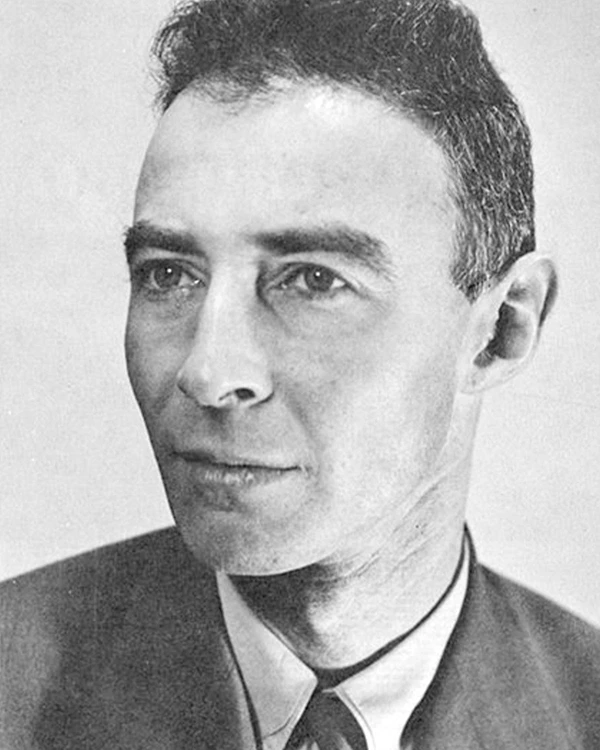Last updated: April 8, 2025
Person
Manhattan Project Scientists: J. Robert Oppenheimer

LOS ALAMOS NATIONAL LABORATORY
Born in New York City in 1904, Oppenheimer is often referred to as the “father of the atomic bomb”. A theoretical physicist, he received his PhD from Germany’s University of Gottingen in 1927 and joined the faculty at the University of California, Berkeley and Caltech the same year. In 1942, General Leslie Groves, leader of the Manhattan Project, appointed Oppenheimer to lead Site Y, the secret weapons research and development facility at Los Alamos, New Mexico. Oppenheimer served as director of the Los Alamos Laboratory until 1945. During this time, Oppenheimer led the effort to design and construct the world’s first atomic bombs, culminating with the successful Trinity test on July 16, 1945.
After the war, Oppenheimer served as an advisor to the Atomic Energy Commission, worked at Caltech, and became director for the Institute of Advanced Study in Princeton, New Jersey. In the 1950s, at the height of the communist “Red Scare”, Oppenheimer’s past perceived communist leanings and his speaking out against the development of the hydrogen bomb led the Atomic Energy Commission to revoke his security clearance, effectively ending his political influence. Oppenheimer died of throat cancer in 1967.